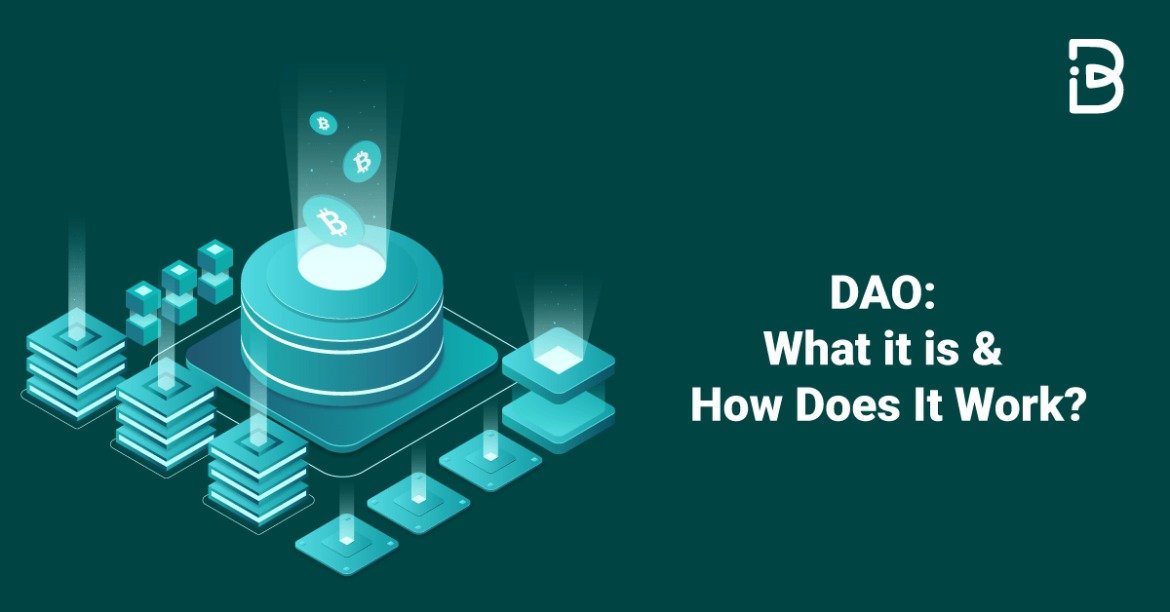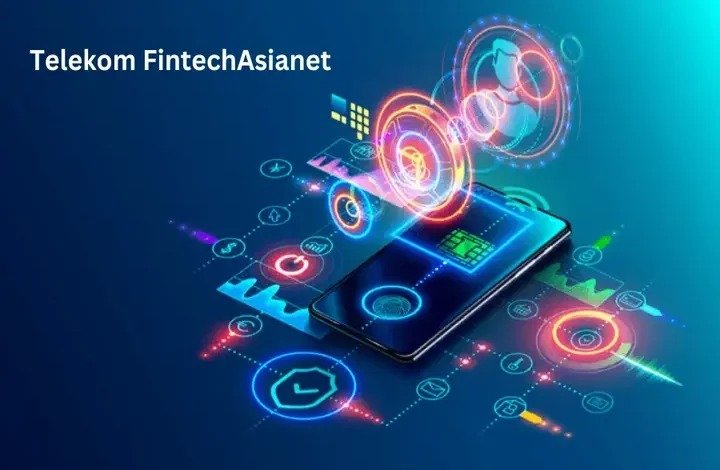Introduction to Dao vs Chiaro Technology
In recent years, technology has made significant strides, leading to the development of various frameworks and systems aimed at enhancing efficiency and transparency. Among these innovations, dao vs chiaro technology has emerged as a vital comparison for businesses and organizations looking to optimize their operations. This article delves into the intricacies of dao vs chiaro technology, exploring their definitions, functionalities, and the implications for the future of technology.
Understanding Dao Technology
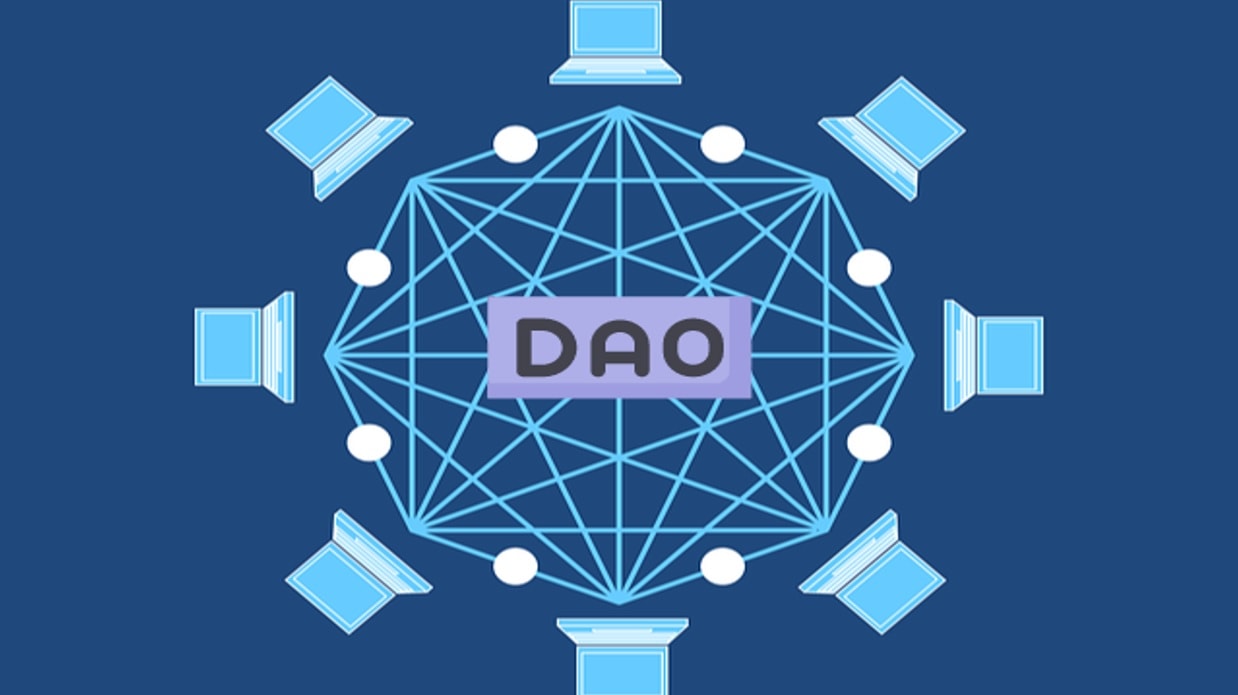
What is Dao Technology?
Dao technology, short for Decentralized Autonomous Organization technology, represents a groundbreaking approach in organizational governance. By utilizing blockchain technology, Dao provides a decentralized structure where decisions are made collectively through smart contracts. This eliminates the need for centralized control, allowing for a more democratic and transparent decision-making process.
Key Features of Dao Technology
- Decentralization: Decisions are made by members rather than a single authority.
- Transparency: All transactions and decisions are recorded on the blockchain, providing full visibility.
- Smart Contracts: Automated agreements that execute when specific conditions are met, enhancing efficiency.
Understanding Chiaro Technology

What is Chiaro Technology?
Chiaro technology, often associated with clarity and transparency, focuses on creating accessible and understandable systems. It emphasizes user experience and the simplification of complex processes. Chiaro integrates various tools and methodologies to enhance communication and streamline workflows.
Key Features of Chiaro Technology
- User-Centric Design: Prioritizes the needs and experiences of users.
- Streamlined Processes: Reduces complexity in operations, making it easier for organizations to function.
- Real-Time Analytics: Provides data insights that help organizations make informed decisions quickly.
Comparing Dao vs Chiaro Technology
Fundamental Differences
When discussing dao vs chiaro technology, it’s essential to highlight their foundational differences:
- Governance Structure: Dao technology operates on a decentralized governance model, while Chiaro technology often involves a more centralized approach focused on user experience.
- Decision-Making: In Dao systems, decisions are made collectively, whereas Chiaro emphasizes quick, user-driven decisions based on real-time data.
- Transparency vs. Usability: Dao technology champions transparency, while Chiaro technology prioritizes usability and simplicity.
Similarities Between Dao and Chiaro Technologies
Despite their differences, dao vs chiaro technology shares some commonalities:
- Both aim to improve organizational efficiency.
- Each leverages technology to facilitate better communication and decision-making.
- Both frameworks are adaptive and responsive to user needs.
Use Cases of Dao Technology
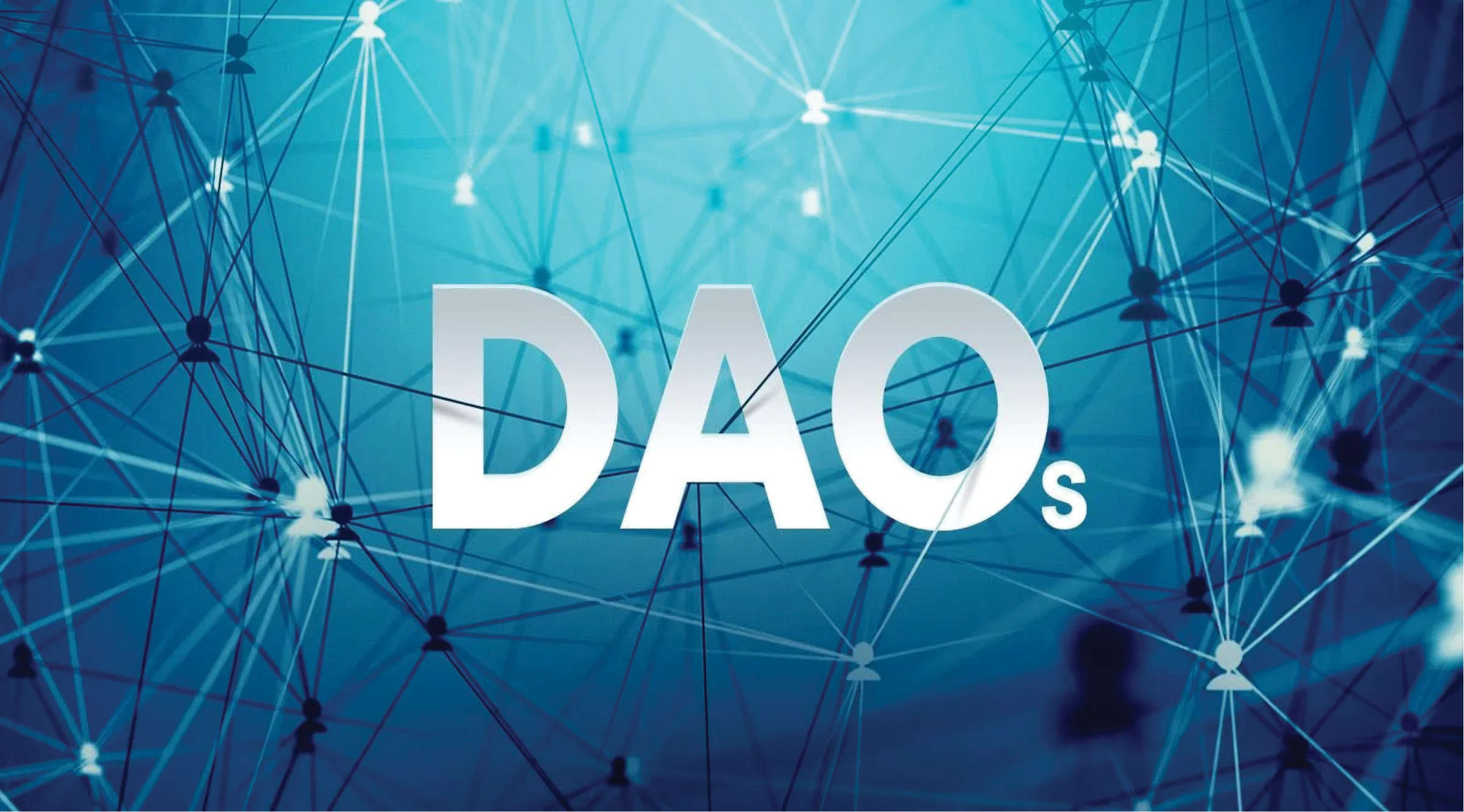
Financial Services
Dao technology has revolutionized the financial sector by enabling decentralized finance (DeFi). This allows users to lend, borrow, and trade without intermediaries, significantly reducing costs and increasing accessibility.
Supply Chain Management
In supply chain management, dao vs chiaro technology can enhance transparency and traceability. By utilizing Dao, companies can track products from origin to consumer, ensuring quality and authenticity.
Governance and Voting Systems
Dao technology is being explored for governance applications, where it can facilitate secure and transparent voting systems. This can empower communities and organizations to make collective decisions more effectively.
Use Cases of Chiaro Technology
Customer Relationship Management
Chiaro technology is instrumental in customer relationship management (CRM) systems, providing tools that help businesses understand their customers better and enhance their interactions.
Education Platforms
In the education sector, Chiaro technology simplifies the learning experience, making it more accessible and engaging for students. Real-time analytics help educators tailor their approaches to individual learning needs.
Health Care
Chiaro can streamline processes in healthcare, improving patient experiences and operational efficiencies. By focusing on user experience, healthcare providers can deliver better services to their patients.
The Future of Dao vs Chiaro Technology
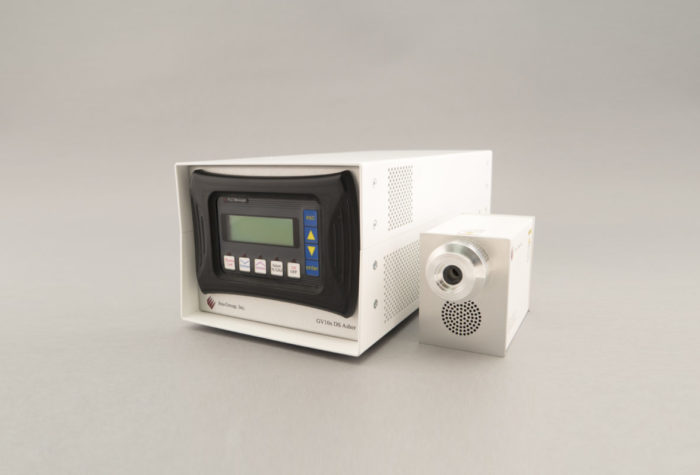
Evolving Trends
The landscape of dao vs chiaro technology is continually evolving. As organizations become more decentralized, Dao technology is likely to gain traction. Conversely, as user experience remains a top priority, Chiaro technology will continue to shape how businesses interact with their stakeholders.
Potential Challenges
Both Dao and Chiaro technologies face challenges. Dao technology must overcome scalability issues and regulatory hurdles, while Chiaro technology needs to address concerns regarding data privacy and security.
Conclusion
In the ongoing debate of dao vs chiaro technology, both systems offer unique advantages and challenges. Understanding these technologies is crucial for organizations aiming to stay competitive in an increasingly digital world. As we move forward, the integration of dao vs chiaro technology principles may very well dictate the future of organizational operations, governance, and user experience.

